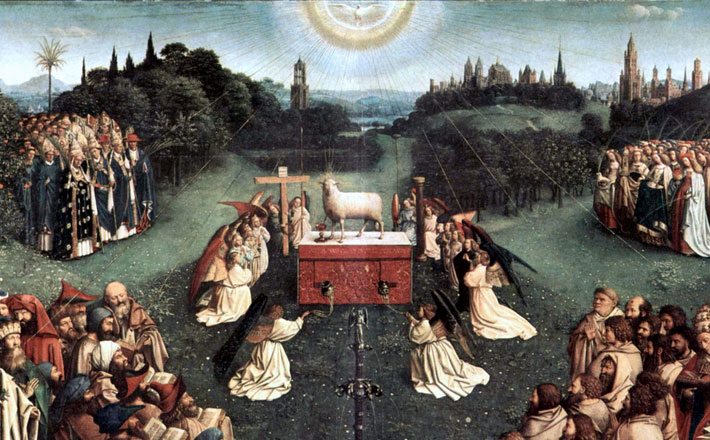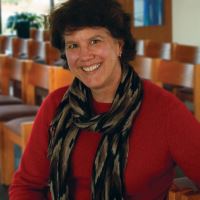Commentary on 1 John 3:1-3
If 1 John had a social media footprint, this week’s status update would read, “See what love the Father has given us, that we should be called children of God” (1 John 3:1).
These are words of encouragement written to a community that is troubled by schism. Whatever were the details of the split — and since we have a response by only one side we have to read between the lines and in mirror-image to figure it out — the disagreement has been serious enough that some folks have packed up and left the church. Anyone who has experienced the trauma of a congregational (or denominational) split can imagine how devastating this development would have been for parties on both sides of the divide.
This community was unable to remain in fellowship due to significant differences in their beliefs about Jesus. At the heart of the matter, according to the author, is that the people who have left are denying that Jesus is the Christ (1 John 2:22) and that he is the incarnate Son of God (1 John 4:2-3). They still understand themselves to be followers of Jesus, but what they believe and confess about him differs from those who remain.
One of the primary aims of 1 John is to persuade the remaining community members that they have good reason to hold on to their confession because they have experienced its truth in their very existence as a community. The author emphasizes this view in the introductory verse: “We declare to you what was from the beginning, what we have heard, what we have seen with our eyes, what we have looked at and touched with our hands, concerning the word of life … ” (1 John 1:1).
Faith, according to this writing, is not simply a matter of cognitive assertion; it is the testimony of the real-life, embodied experience that has been given to them by God. The glue that holds the church together is God’s love, which has bound them into one family as children of God.
Those who have chosen to depart claim fellowship with Jesus, and they also claim that they have no sin (1 John 1:8) — claims that the author refutes. The specific details of their sin are not spelled out; that is, there is not an enumerated list of behaviors or actions, except that they chose to leave the group: “they went out from us” (2:18-19). From the perspective of 1 John, their departure violates the identity of the community as those who “love one another.” Although they claim to have the light of Christ, their actions do not show it; they “hate brother or sister” (2:9).
In other words, the opponents talk the talk, but do not walk the walk. In contrast, 1 John urges the community to remain (“abide”) in Christ by walking “just as he walked” (2:6). At issue then, is the importance of living in community in such a way that it reflects their walk with Jesus.
“See!” Perhaps better translated Look at!, the first word of the passage suggests that the love given by God is something that people can actually see. It is not a fuzzy, feel-good sensation, but a concrete and visible reality that has already been bestowed on the community that follows Christ. Readers of the Gospel of John would readily hear the echoes from its prologue: “But to all who received him, who believed in his name, he gave power to become children of God (John 1:12; see also 1 John 3:2, 10; 5:2). Here, in 1 John, the status as God’s children is not simply asign of the past or a future eschatological hope, but a present reality: “For that is what we are … ” (1 John 3:1). Lest we miss that point, the author repeats it, along with another reminder of the believers’ beloved status: “Beloved, we are God’s children now! (1 John 3:1-2).
This is good news indeed! In the midst of separation and disagreement it is not uncommon for a community (or individuals within it) to lose confidence in its ability to move faithfully into an unknown future. It is too easy to get bogged down in questions of what if and fears about what might be? Preachers might point out to the congregation what it looks like in their context to be God’s children now, already, in their particular time and place. How is this church community already manifesting God’s love in its identity? In its actions? In the ways it is known to the community around it? On this day of All Saints, what can the congregation learn from the testimony of the saints of this place who have walked before them? How did those local ancestors of the faith live into their identity as children of God?
The church need not gaze wistfully for a “someday” to come in order to possess the fullness of its identity. There is no need to wait until there are more members, or more resources, or more of whatever we might believe is necessary to be a good, or faithful, or missional (choose your favorite adjective!) church.
Like the readers of 1 John, perhaps the people gathered for worship in today’s churches could benefit from an occasional reminder that God has already bestowed upon them the thing that is most important for being the people they are called to be. They are children of God. Already. Today. Now.


November 2, 2014